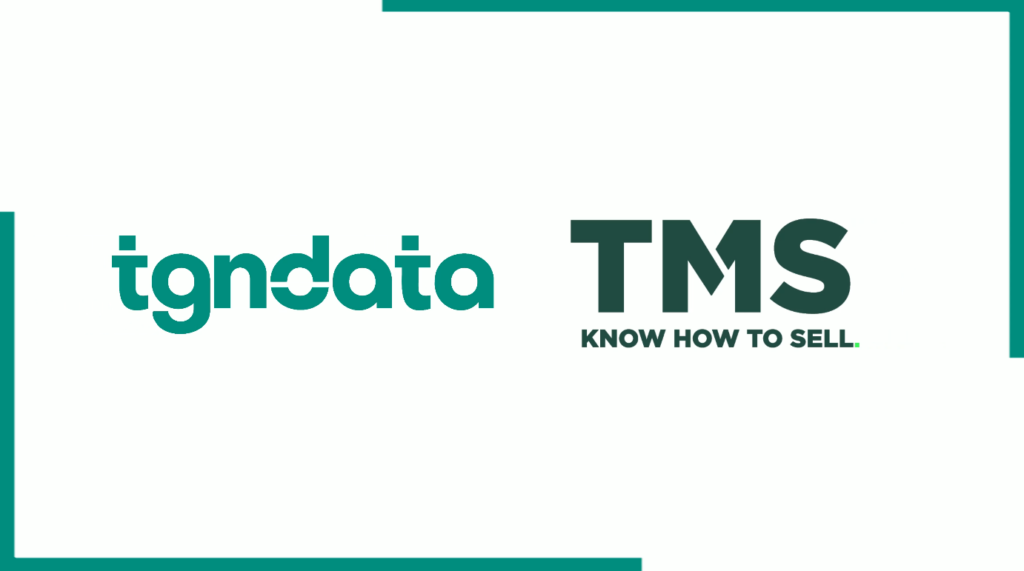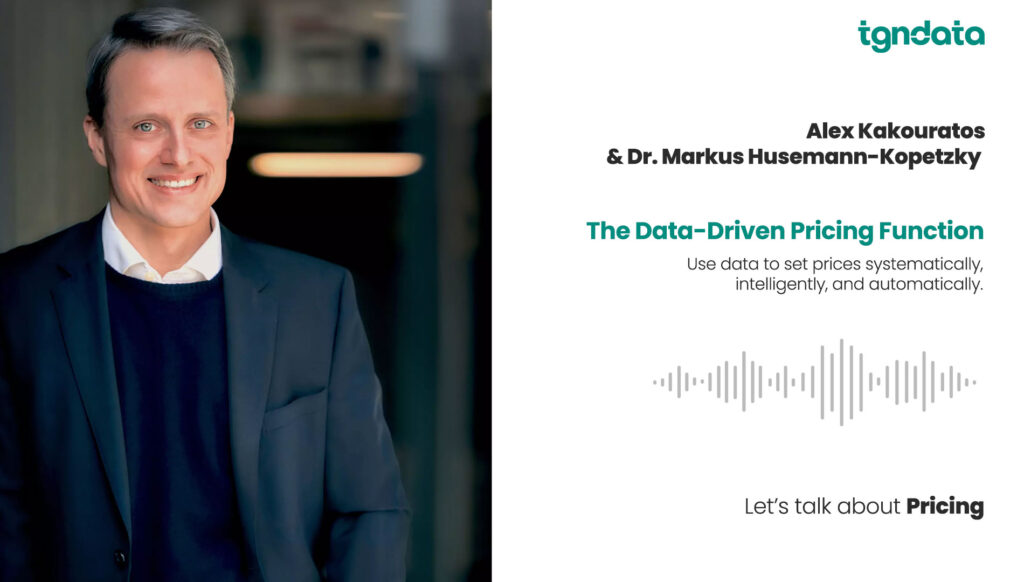Edit Content
In the ever-evolving world of fashion, staying competitive is a constant challenge. With the rise of e-commerce giants and their agile pricing strategies, fashion businesses find themselves in a high-stakes game of market dynamics. Dynamic pricing, a strategy that involves adjusting prices in response to real-time market conditions, has become a secret weapon for these industry leaders. But how can smaller fashion businesses compete with these giants and harness the power of dynamic pricing?
In this article, we’ll explore the techniques e-commerce giants use to dominate the fashion market with dynamic pricing and how fashion businesses of all sizes can adapt these strategies to level the playing field. From understanding the tools and data sources e-commerce giants employ to mastering the art of balancing competitive pricing with profit margins, we’ll delve into the proven approaches that can help fashion entrepreneurs thrive in a highly competitive landscape.
Whether you’re an established fashion retailer or an up-and-coming brand, the insights and strategies discussed here will empower you to make data-driven decisions, seize market opportunities, and establish your place in the dynamic world of fashion e-commerce.
E-commerce giants excel in adapting to market changes through dynamic pricing strategies. They closely monitor market fluctuations, competitor pricing, and customer behavior to make real-time adjustments to their prices. To achieve this, they utilize a combination of sophisticated tools and data sources. Here are some key aspects to consider:
Real-Time Data Analysis: E-commerce giants invest in advanced data analytics tools that continuously collect and analyze data from various sources. These tools help them track market trends, competitor prices, and even weather conditions that might affect demand for specific fashion items.
Competitor Price Tracking: They use specialized software to monitor competitor pricing in real-time. This allows them to adjust their prices within minutes or even seconds when a competitor changes their prices.
AI and Machine Learning: E-commerce giants employ artificial intelligence and machine learning algorithms to predict future pricing trends. These algorithms can identify patterns and make pricing recommendations based on historical data and real-time inputs.
Customer Behavior Analysis: They also analyze customer behavior, such as browsing history and purchase habits, to offer personalized pricing and promotions, increasing the likelihood of conversion.
E-commerce giants have mastered the art of dynamic pricing through the following key strategies and success factors that fashion businesses can adapt:
Advanced Technology Integration: Investing in data analytics, AI, and machine learning tools is crucial. Fashion businesses should consider implementing such technologies to gain valuable insights into market trends, pricing strategies, and customer behavior.
Responsive Pricing Teams: E-commerce giants often have dedicated teams responsible for pricing. These teams are quick to react to market changes and competitor moves. Fashion businesses should consider forming similar teams or outsourcing pricing management to experts.
Pricing Algorithms: Implementing pricing algorithms that can automatically adjust prices based on predefined rules and triggers can be a game-changer. These algorithms should consider factors like demand, inventory levels, competitor pricing, and customer data.
A/B Testing: E-commerce giants frequently conduct A/B testing to determine the most effective pricing strategies. Fashion businesses should follow suit by experimenting with different pricing models to find the optimal approach for their unique audience.
Balancing competitive pricing with profit margins is a core challenge for e-commerce giants. To succeed, they employ several pricing strategies, and fashion businesses can draw valuable lessons from their approaches:
Dynamic Margin Thresholds: E-commerce giants set dynamic margin thresholds. When they need to maintain profitability, they ensure that their prices stay above this threshold. In contrast, during competitive pricing wars, they may temporarily lower these thresholds to capture more market share.
Price Elasticity Analysis: By understanding the price sensitivity of their customers, e-commerce giants can make informed decisions about when to push prices higher to increase margins or lower them for greater sales volume.
Bundling and Cross-Selling: E-commerce giants often employ bundling and cross-selling strategies to boost profitability. Fashion businesses can explore similar tactics by offering complementary items or subscription services.
Inventory Management: Efficient inventory management is key. E-commerce giants use dynamic pricing to clear out slow-moving inventory while maintaining premium pricing on high-demand items.
As the fashion industry continues to evolve, so too must the strategies employed by businesses within it. In the face of e-commerce giants, dynamic pricing and competition monitoring have become indispensable tools for fashion businesses aiming to compete effectively.
By understanding the methods employed by industry leaders, adopting advanced technology, forming responsive pricing teams, and experimenting with pricing models, fashion businesses can not only stay competitive but also ensure sustainable profitability.
Dynamic pricing isn’t just a tactic; it’s a dynamic approach to pricing that keeps fashion businesses agile and resilient in the ever-changing landscape of online retail. Embracing these strategies is a step toward not just surviving but thriving in the competitive world of fashion e-commerce.













Missing an important marketplace?
Send us your request to add it!